There are ways to save all year round. From heating and cooling costs to modifying your home, we’ve got it all covered as you look for new ways to save.
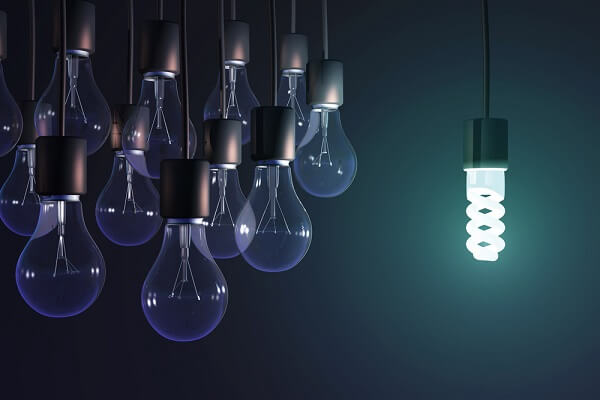
Spring is an unpredictable time of the year for temperature. The floral scents of spring can be carried on a breeze from as early as September, or many weeks later if winter persists. That can make it difficult for us to adjust our own internal temperatures, with mild days turning into cold nights that require additional heating, and still plenty of blustery, brisk weather intervening. As the spring months wear on, you’ll find the air-conditioner or the ceiling fans will bring sweet relief from the great outdoors.
Springs also happens to be one of the seasons where we can reduce our overall energy costs, since we rely on our heating systems less, and tend to move outside a little more often into the mild air. There are still plenty of ways that we can keep our usage in check though. Here are just a few.
– If you’re still feeling the dying throes of winter, resist the urge to bring out your summer wardrobe and continue to rug up. A few nice days might have us putting the thick coats in the spare closet, but don’t hesitate to go back to those heavy garments before you crank the heater too high.
– If you still find yourself chilly and the heater is already on, try adjusting it by half or one degree at a time. It’s easy to jump up three or four degrees in a fit of cold frustration, but it’s a quick way to send your bills skyrocketing.
– Try a little exercise. A quick walk or some domestic chores will get your circulation pumping and will improve the temperature of those hard-to-warm places – feet, hands, ears and nose. You’ll be far less inclined to push up that thermostat.
– As the days get progressively warmer, get used to opening windows and doors so heat doesn’t accumulate. If it gets too warm, or the sun is beating down upon your windows, keep the blinds and curtains down and drawn until the sun descends. You can then open the house to the cooler air and avoid turning on the air-conditioning.
– Ceiling fans run at a lower cost compared with air-conditioning systems, and can be kept on a moderate rotation for a gentle breeze. They don’t actually cool the air – they just prevent heat from accumulating around your body. That means it’s wasteful to keep them going in an unoccupied room, unless the fans are actually pushing the warm air to another place.
– If you’re heading out, always turn off heating and cooling systems. The milder days mean less time is required to readjust the temperature when you return. If you’re going away for an extended period, turn off all appliances that don’t require power in your absence at the socket. Washing machines, kettles and TVs are just a few examples.
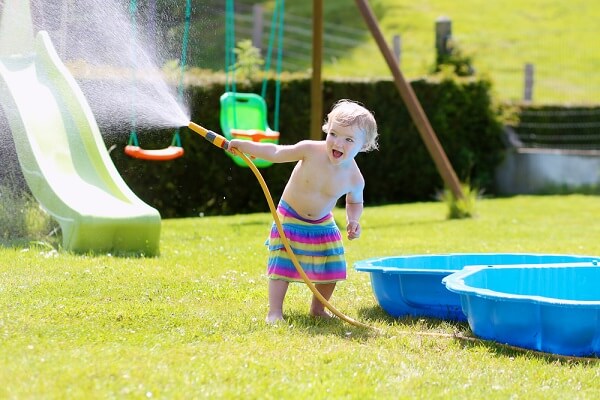
Despite being a favourite time of year for beach-goers and pool owners, summer energy bills can be hefty. Even though balmy nights can be spent outdoors enjoying BBQs and social gatherings, Australia’s summer sun can be searing and relentless. Those lucky enough to escape to the water find some cheap relief, but the rest of us turn to our air-conditioning units and ceiling fans. Since heating and cooling account for around 40% of our home energy costs, we can tweak our habits to make some savings in this area.
Even if we can’t do without air-conditioning and fans, we can still use them smartly and incorporate a few tips and tricks to make all the difference at bill time.
– If you have a programmable thermostat, put it to good use. Set the times to suit your schedule – have it click on as you wake up and right before your return home. You can even set it to switch off once you’re in bed so you can fall asleep in comfort.
– If you’re shopping around for a new system, don’t be tempted to go for the biggest and most powerful unless your family really needs it. A small space only requires a small unit, and any extra is a waste.
– Consider shading your condenser unit. A unit in full sun will have to work harder, and it will ultimately cost you a little more to run. The savings in this area might be modest, but it’s all material.
– Again, don’t run fans in empty rooms, but DO turn them on before you reach for the thermostat. Some gentle air movement may be enough to keep your body temperature comfortable.
– Even though we warm our houses from 18 to 22 degrees in winter, we can feel perfectly comfortable at higher room temperatures in summer. A room cooled to 23 to 26 degrees should be fine, even though you’re used to seeing a different reading at other times of the year.
– Cleaning the filters in your air-conditioning unit, or changing them altogether, can get your system running more efficiently and will translate to savings. Try to check on them every month.
– Adjustable awnings, shades, and other specialised window coverings should be used whenever particularly hot weather visits. If you know the following day is forecast to be a scorcher, pull them down the night before so the sun has no chance to get a head start on you.
– Consider planting deciduous trees and shrubs near large windows. They will help cool the perimeter around your home in summer, but won’t block light in winter. Planting them near your condenser unit will also help the ambient temperature.
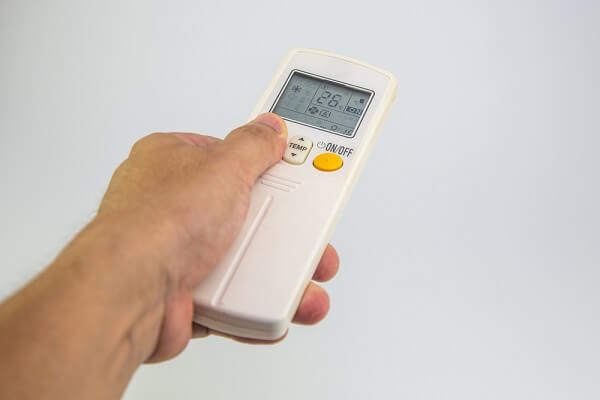
– Up to 87% of your home’s accumulated heat enters via your windows. If you’re renovating or building a new home, consider double-glazed windows. Although they are not overly popular in Australia due to the upfront investment, it will pay off in the long term. Not only will they insulate you from the summer heat, but they will also help retain heat in winter. The extra bonus is that they muffle outside sounds, meaning your local traffic, the kids playing outdoors or your neighbour’s dog will suddenly feel much further away.
– Try not to cool any rooms unnecessarily. If you’re able to compartmentalise through your system, block the bedrooms during the day and the living areas once you’ve hit the hay. Zoning your home can save up to 50% in heating and cooling costs.
– Turn down your hot water system thermostat (try 45 degrees) and try to take cooler (and shorter!) showers. You probably won’t want to be washing dishes in toasty-warm water either. Most people get through summer just fine with cooler water on hand, and you’ll be surprised how much energy it can save.
– Australian summer nights can be brutal. A bedtime fan and a wet hand towel for draping over bare skin can be a novel way for kids (and big kids) to drift off to sleep comfortably.
– If you’re going away for more than a couple of days, turn off your hot water system altogether. Storage hot water turns on in cycles to maintain the heat at a relatively constant temperature. There’s no reason to have hot water available if no-one is there to use it, and you’ll simply waste energy keeping the heat maintained during this period.
– Never use a clothes dryer in summer. If it’s raining, use an indoor rack and your clothes will air-dry overnight, particularly if you allow a breeze in, or keep a ceiling fan running.
– A drinks fridge is a great Aussie luxury, but unless you’re entertaining, it’s usually just a giant waste of electricity.
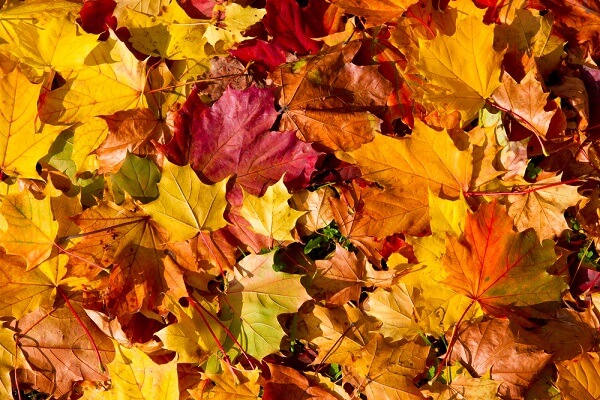
Autumns in Australia are getting warmer, with our summer days clinging on to seemingly longer periods every year. April is less a transitional month than May, and as such, we are continuing our outdoor lifestyles and relying on our cooling systems well into this period. Late autumn can turn bitterly cold though, particularly at night, and we’ll find ourselves getting into winter-like habits before too long. It’s a good time to prepare and repair in time for winter, and to identify ways to protect and insulate our homes from the extremities. There are a few things we can do to help us transition and save in the process.
– Start to pull back on your air-conditioning use. Ceiling fans might be adequate in early autumn, so try them before bringing out the big guns.
– The nights tend to cool down in autumn, so close up your home in the early evening and try to harness that little bit of warmth you’ve accumulated through the day.
– As the days cool a little, use your wardrobe to adjust your temperature. Changing from a daytime light jumper or dress into some jeans and a jumper after dark may be all that’s necessary to keep your comfortable.
– Start to prepare for the really cold weather. Prune any evergreens that may block the winter sun from your windows. Retract any adjustable or removable awnings, and remove any object that may block heat from hitting the north-side of your home.
– Identify any draughts or wall cavities and tend to them before winter hits. Wall cavities are common in newer homes and you can identify them by knocking on the walls – a solid space will be dull, and a cavity will sound hollow.
– Adding additional insulation in your ceiling through an accredited installer is also a useful way to protect your home from weather extremes.
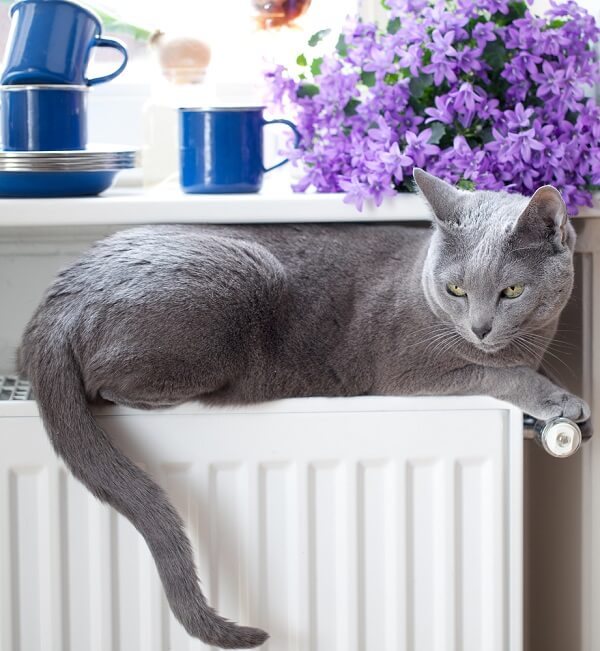
It’s that time of year when we can’t wait to get toasty and cocoon ourselves indoors. Heating is necessary lest we freeze ourselves to death, and our energy bills once again peak after a stable autumn spell. We tend to move a little less and go to bed a little earlier, seeking the comfort and warmth of several layers. We also find getting up that little bit harder, and reach for the thermostat from our first waking moment. We take longer, hotter showers and go into mild shock as we step out.
We might feel helpless in the face of the almighty cold, but we can still be cautious and sensible about how and when we use energy.
– Go easy on the heating. It might sound obvious, but set it at 18 degrees to start with, and reassess once the temperature is reached. You may find 20 degrees to be perfect, but if you head straight for 22, you’ll never know.
– Step it up in small increments. Half a degree or one degree at a time – no more. Keep yourself physically busy as the air warms and you’ll get comfortable far sooner.
– Reach for thick jumpers and blankets before turning the heater even higher. If the idea of using blankets during your waking hours doesn’t really appeal to you, buy something special that can double as an attractive throw rug. That way you’ll keep it on display and at the forefront of your mind.
– If you have a central heater in a living room, shut as many doors as you can to contain the heat. Consider taking a heated bag or water bottle into bed with you so you’re not tempted to keep the heating on into the night.

– If you’re heading out, even for a short while, turning the heating right down but not off entirely. You’ll maintain a base temperature without having to start again, and you’ll also save a little in the process.
– It’s probably time to check your filters again. If you can remove and clean them yourself, fantastic, otherwise a filter change is an effective cost-saving measure.
– Humidity makes you feel more comfortable at a lower temperature because moisture conducts heat much better than air. Adding a humidifier to your heating system means you can run it at a temperature two or three degrees below what you’re used to. Indoor water features and plants can help increase the indoor humidity as well.
– If you have vents, ensure they’re not closed or blocked – particularly when they’re in the floor. Objects, furniture, curtains and drapes can be placed over vents with little thought given to the wasted output.
– It’s tempting to want everything to be a little warmer in winter, but keep up the habit of washing clothes in cold water. They might be a little harsher on your hands as you hand them up to dry, but your hands will be warm again in no time.
– Hot drinks are a great way to keep your core body temperature up in winter, but if you drink a lot, consider an energy efficient kettle. Electric kettles use extraordinary amounts of power for the light work they do, particularly when the kettle is full, so ensure you’re only boiling the water you need at that time.
By keeping these things in mind, we can start to chip away at all those unnecessary costs on our ever-increasing energy bills. Your energy base rate also makes a huge difference to your bill, and it always pays to make sure your provider is competitive. If you’re considering a switch to a different provider, be sure to compare the market before making a decision. Take a look at peak rates and non-peak rates, and consider the plans that will work best for you and your family. Happy savings!